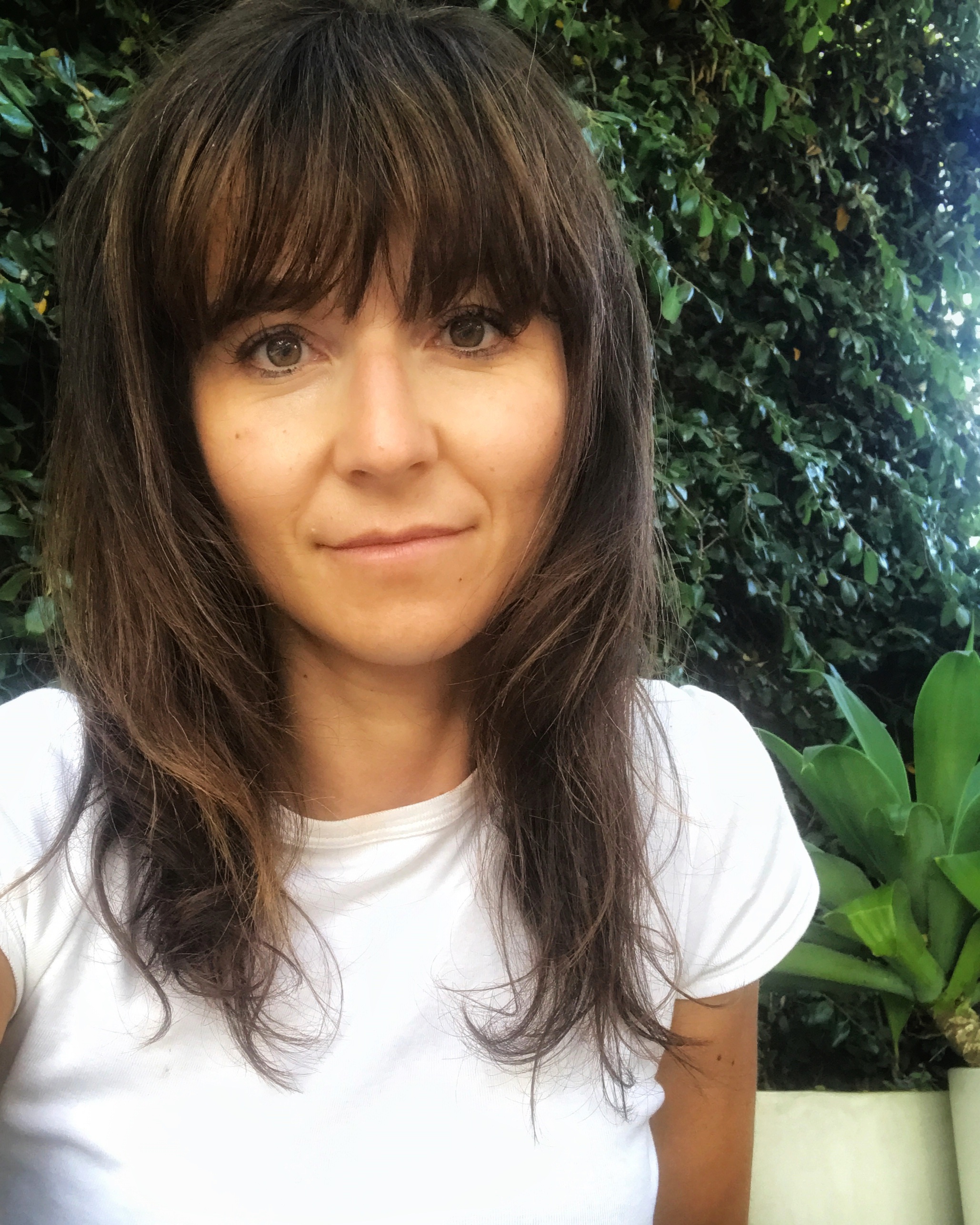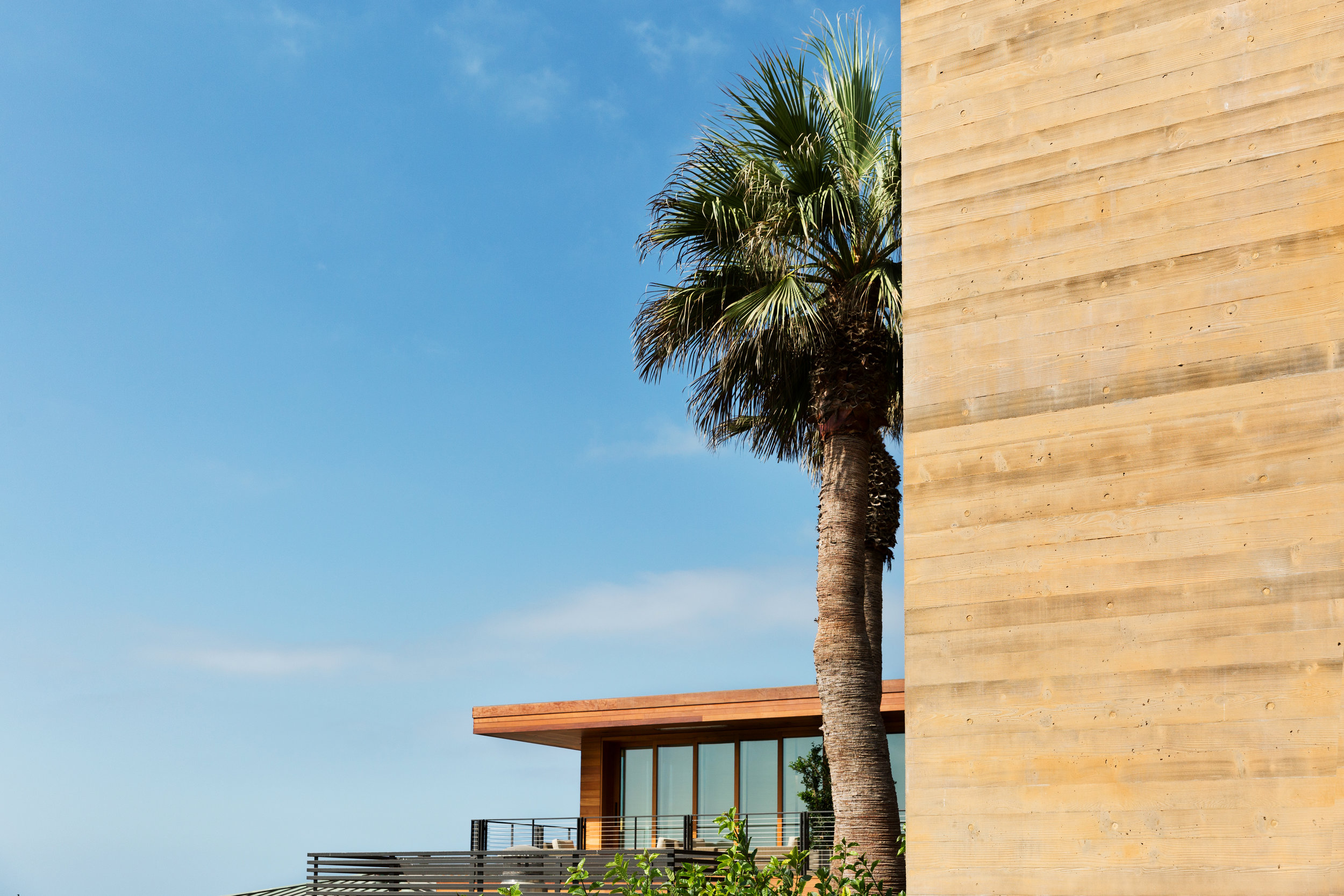New Languages: Severine Tatangelo on Hospitality, Context, and Evolving With Her Clients
By Julia Gamolina
Severine Tatangelo is the founder of California-based Studio PCH. Originally from Lyon, France, she completed her studies of architecture in France in 2003. A twist of fate brought the French architect to iconic Malibu, jump-starting her architectural career. Since then, she’s traveled the world to spread her passion for design and architecture, mostly in hospitality, where she feels that she also contributes to the human evolution by setting new trends and embracing the societal mores.
Severine sets the example with her fearless nature and self-made entrepreneurial character. There is no risk she is unwilling to take. In her interview, Severine talks about learning about new cultures,contexts, and all of the aspects of being an architect, advising those starting their careers to find freedom from their fears.
JG: How did your interest in architecture first develop?
ST: I watched my parents build our house. My father was in construction, and other members of my family as well, so following the whole process from the foundation to completion was fascinating. Every weekend, I would go there with my mom as she would bring meals to everyone - these lunches would turn into big job site meetings. This taught me to respect all aspects of architecture, and that building trusted relationships with the construction team is so important for a successful project.
Then as a teenager, I started to enjoy drawing and I wasn't too bad at it. I took nude drawing classes for several months. Drawing an actual body- its shape, its curves, its imperfections - was for me the most challenging and enjoyable. Soon after, the scientific approach to building houses and my artistry found a home together in architecture.
What did you learn in architecture school?
Studying architecture in France during my time was pretty academic. We learned about the "Masters" in Architecture: Le Corbusier, Frank L. Wright, Carlo Scarpa, Walter Gropius,.. After spending a few semesters studying Louis Kahn's work, I can affirm that his influence still follows me. "A room is not a room without natural light," resonates in my head every time we start a new project in the studio.
Later, we were given the opportunity to spend one year abroad. I came to Louisiana, but took Greyhounds extensively around the United States - to Chicago, New York, and Florida - knowing by the end that I wanted to come to America. We learned about urban architecture and the importance of context, especially with globalization, during this year - building something that is very specific to its site has become particularly relevant. Paying respect to the surrounding context, its culture and roots, has become an intricate and important part of the process for me.
Nobu Ryokan, courtesy of Studio PCH
How did you get your start in the field?
When I went back to France, I knew that for the final component of my degree, the internship requirement, I would take the opportunity to go back to the United States. One day in school, an American architect who was visiting, was chatting with one of our studio professors. My English was good because of my year in Louisiana, so I showed him around campus and took him to a lecture. When he said goodbye, he gave me his business card, and told me to reach out to him if I ever ended up in Los Angeles.
Months later, when applying for internships, I remembered him. He ended up being a professor at USC, gave me some good leads on architectural firms seeking interns, and I was on my way to Los Angeles. When I look back, I still have stars in my eyes - I truly believe that you make things happen when you decide it.
“‘A room is not a room without natural light,’ resonates in my head every time we start a new project in the studio.”
How did you start your firm?
After my internship, I started working at Scott Mitchell Studio, a firm focused on residential work in Malibu and Beverly Hills. There, I quickly became responsible for several projects that led to my close working relationship with Larry Ellison, founder of Oracle, who owned several properties in Malibu.
Three years after, fearless and ready to take on more responsibility, I started Studio PCH, at that time with a business partner who left the company shortly after. We were focused mainly on several high-end residential and commercial projects in Malibu, and eventually, I've secured a strong relationship with the Nobu team, which allowed us to design more projects for them.
Bathroom at Nobu Ryokan, courtesy of Studio PCH
Where are you in your career today?
Ten years after starting Studio PCH, our firm is now in the heart of Venice, California. We are really excited about continuing to develop the hospitality brand with Nobu - we are steadily building, designing, and remodeling hotels around the globe with them, integrating the Nobu Modern Japanese approach with local contexts, colors and cultures. With that in mind, working in England, Poland, Italy, Spain, Malaysia, Australia, Mexico, Brazil, Israel, and Colombia has given us, my whole team, much more than just visiting new places. We create new relationships and think differently every time. It's like learning a new language; the beauty or challenge of it it's not so much about being able to say words in another language, it's about learning how to construct sentences and to think differently, to think like the other culture.
Over the past few months, our team has been designing recording studios for a large label based here in LA. Discovering more about the music industry has been fascinating. Music is everywhere and creates all these emotions in such a short amount of time, whereas the architectural work takes years. The way we've been listening to our background music in our office has changed since we've intensively started researching and designing these studios. It’s been fun to notice that we now change the playlist depending on which projects we focus on, because it does influence our mood and guide our creativity.
Detail at Nobu Malibu, courtesy of Studio PCH
What have been the biggest challenges in your career?
Starting my own company in my late twenties, as a woman, in a foreign country, and in a field that is mainly led by older men, working on two major commercial projects in Malibu, wasn't the easiest way to step into the architectural world. I learned that to be taken seriously, I would need to work harder and spend more hours learning, stay loyal to my vision, and be better prepared than my older male counterparts. It has paid off. I've never felt judged or discriminated, but I did do the leg work prior.
Another important point, one that you also don't learn at school, was the actual intricacies that come with running your own business from a financial standpoint. Many times, when all I wanted to do was be creative and work side by side with my team, I had to learn to leave and put on my administrative hat. Not only that, I had to learn to manage people's expectations and needs – employees, clients and consultants. It's hard to keep your artistic vision clear when you're having to deal with the business side of things.
What have been some highlights and what are you most proud of?
I very much enjoy the hospitality work as I genuinely care for other people. What makes me get up every morning is to design for others. We - designers, architects, planners - evolve as our society evolves. This is a symbiotic relationship, where our design affects people, but how people evolve also makes us approach design and architecture differently.
I also remember taking a friend, an architect as well, to the construction site of one of our projects in Malibu. I would go to the site every day; it had become like a second home for me, but I had stopped seeing it for what it was, until my friend reminded me. As we were standing there, facing the Pacific Ocean and the large concrete piles that the contractor had just finished pouring, he looked at me and said "Sev, you have no idea how lucky you are that you get to see your projects actually get built." He was right! I had forgotten about that, about the same feeling I had when I was a little girl, and was watching my father build our house.
“We - designers, architects, planners - evolve as our society evolves. This is a symbiotic relationship, where our design affects people, but how people evolve also makes us approach design and architecture differently.”
What has been your general approach to your career?
Never give up, and try to have fun along the journey. Our field is difficult and stressful. School gives you the tools just to get your career started, but you don't learn much about bureaucracy, or how to manage expectations and clients, or financial aspects of a project.
You interact with so many parties - clients, consultants, engineers, city planners, inspectors, contractors, and neighbors. Architects deal with all aspects of a project: the creative side when designing, the financial side when reviewing bids and staffing your team, the technical aspect with the contractors, the permitting side with city officers, and the emotional side with the client. You have to learn how to do it all.
What advice do you have for young architects who are just starting their careers?
A few years ago, I came across this interview of Nina Simone, who was asked by the journalist, “What's free to you?" Her response was, “I'll tell you what Freedom is to me. No fear."
This has been my motto, since the day I've left France to move to Louisiana, then to California, and to this day where I’ve opened my own practice, where I've been designing projects all around the globe. Be fearless and simply keep going until you succeed.
Nobu Malibu, courtesy of Studio PCH
This interview has been edited and condensed for clarity.




